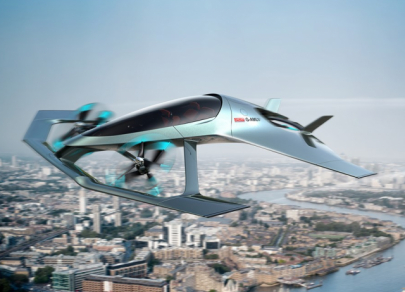FX.co ★ Passenger drones: the future of unmanned transport
Passenger drones: the future of unmanned transport
In January 2016, at the CES exhibition in Las Vegas, the Chinese EHang company presented a self-controlled aircraft, Ehang 184, the cabin of which accommodates one person. The drone is equipped with eight propellers, powered by electric motors, and is capable of achieving a maximum speed of 100 km/h. The maximum carrying capacity of the device is 118 kg, the flight range is 18 km, and the flight height is 3.3 km. Dubai plans to launch an unmanned taxi based on it. It is known that a two-person model is currently being developed and certified.
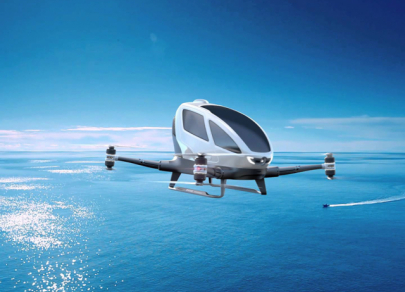
In June 2017, the US Workhorse company introduced a passenger drone Surefly, designed for two people. According to the developers, this is the world's first personal hybrid octocopter, which can reach the height of 1.2 km with a payload on board of up to 200 kg. According to the reported data, the maximum speed of Surefly is 113 km/h, and an approximate range is about 110 km. It is assumed that the first versions of the aircraft will be manned, and then there will be models that operate in the autonomous mode.
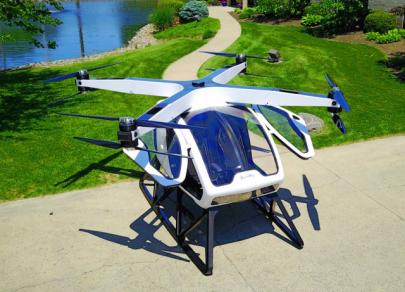
Volocopter is a two-seat multicopter created by the German company of the same name in partnership with Intel Corporation and shown for the first time in April 2017 at the air show in Friedrichshafen. The dron can follow the route autonomously, and is fully electric. It has 18 motors and 2 navigation systems: the main and spare. In case of an emergency, a ballistic parachute is provided. According to some reports, Volocopter 2X which can stay in the air for about 30 minutes, overcome a distance of about 30 km, and accelerate to 100 km/h, has been already put into serial production.
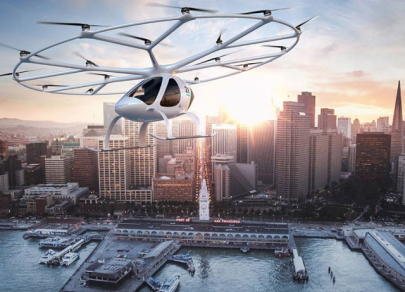
The British Rolls-Royce Group company promises to establish a serial production of the EVTOL air taxi by 2020, which will be able to move at a speed of 400 km/h, fly up to 800 km, and transport up to five people simultaneously. In addition, the aircraft will be able to take off and land in an upright position. Engineers expect that the device can be modified for personal use, as a truck, as well as for military needs. It is expected that the aircraft will be initially controlled by a pilot, but in the future, it will become unmanned.
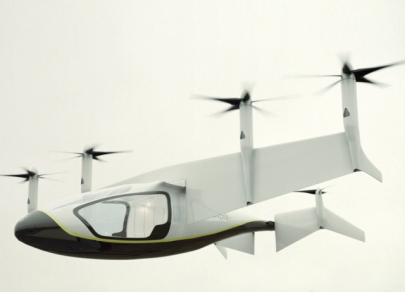
In three years, the American Uber Technologies company intends to run transportation service with the help of an unmanned air taxi, Uber Elevate. It is assumed that the residents of Los Angeles will be the first to test it. It is known that the company has already signed an agreement with NASA to create the system of logistics and traffic management for aircrafts. According to the representatives of Uber, the air taxi will serve tens of thousands of flights a day at an average travel price of only $20, and it will take less than half an hour to fly over Los Angeles from one end to the other.
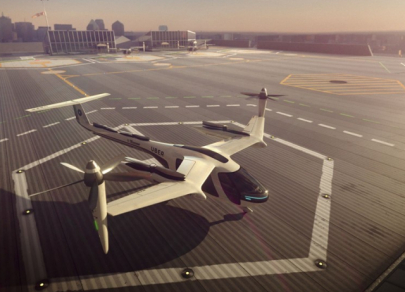
Three British companies are inviolved in the project to develop the Volante Vision flying vehicle: Aston Martin (responsible for design of the aircraft), Rolls-Royce Group (hybrid electric power plant), and Cranfield Aerospace Solutions (electronics, including autopilot and electrical systems). According to the engineers, the self-controlled device with upright take-off and landing will be able to transport three passengers and will be targeted at flights with high comfort in cities and suburban areas. Technical details of the project are not disclosed yet.
